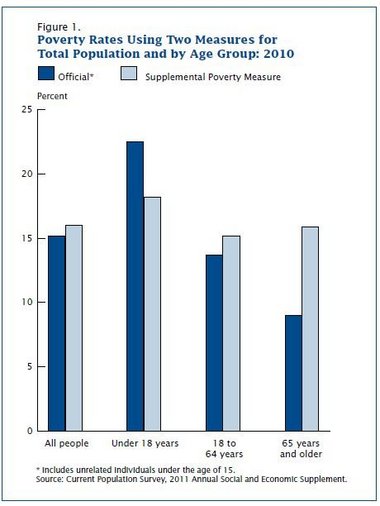The US fast food industry has been implementing it's fat and greasy foods all over the Earth in order to make billions. The overseas fast food industry is booming and there seems to be no end in sight. This gives the world jobs, but what is it doing to effect different cultures and what is it doing to the health of those people. McDonald's has even coined a phrase, 'Global Realization', for their need to conquer the fast food markets over seas, they want to be number one. Number one at killing people with heart disease and diabetes?
According to Schlosser, McWorld is a "homogenized international culture", a term coined by sociologist Benjamin J. Barber (2002). Fast food companies like McDonald's are spreading their unhealthy, fattening foods across the globe, opening many new restaurants on a daily basis. The novelty of these restaurants in different countries is what brings in the innocent and corrupts their culture and their arteries. America may currently be the fattest nation, but who's next with fast food continuously booming? And the fact that the restaurants serve just the American foods they serve here without catering to the other cultures seems absurd.
The impact of the fast food explosion on foreign food markets is both good and bad. The benefits are that the restaurants bring many jobs, which means more money for the communities in which they run. This is good for the economy and the people. But the negative effects are more long standing. People that eat this food will become unhealthy, introduced to genetically modified foods, stuffed with fat and much too many calories. Fast food is convenience food and normally when something is "faster" it isn't as healthy. Even the "healthy" foods offered by most fast food restaurants are filled with preservatives and pesticides, which defeats their good properties.
Would it be better to stop this madness, or is the money worth more than the people are. Only the fast food industries and the nations leaders can answer that question. Well, and the people can choose to pass on fast food and eat healthy too.
Source:
Schlosser, E. (2002). Fast Food Nation. Harper Perennial.
According to Schlosser, McWorld is a "homogenized international culture", a term coined by sociologist Benjamin J. Barber (2002). Fast food companies like McDonald's are spreading their unhealthy, fattening foods across the globe, opening many new restaurants on a daily basis. The novelty of these restaurants in different countries is what brings in the innocent and corrupts their culture and their arteries. America may currently be the fattest nation, but who's next with fast food continuously booming? And the fact that the restaurants serve just the American foods they serve here without catering to the other cultures seems absurd.
The impact of the fast food explosion on foreign food markets is both good and bad. The benefits are that the restaurants bring many jobs, which means more money for the communities in which they run. This is good for the economy and the people. But the negative effects are more long standing. People that eat this food will become unhealthy, introduced to genetically modified foods, stuffed with fat and much too many calories. Fast food is convenience food and normally when something is "faster" it isn't as healthy. Even the "healthy" foods offered by most fast food restaurants are filled with preservatives and pesticides, which defeats their good properties.
Would it be better to stop this madness, or is the money worth more than the people are. Only the fast food industries and the nations leaders can answer that question. Well, and the people can choose to pass on fast food and eat healthy too.
Source:
Schlosser, E. (2002). Fast Food Nation. Harper Perennial.

 RSS Feed
RSS Feed